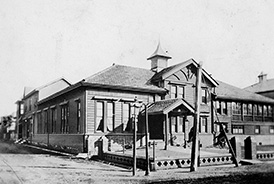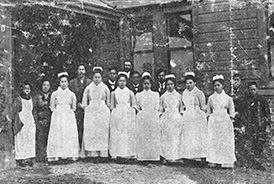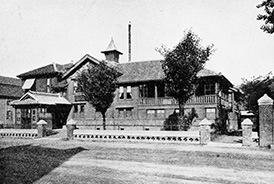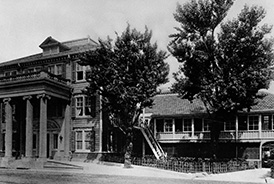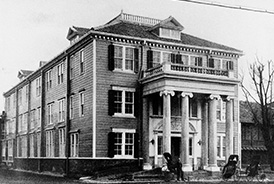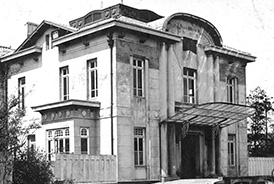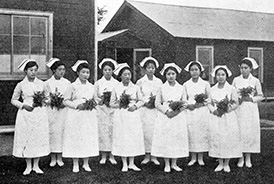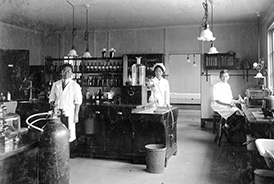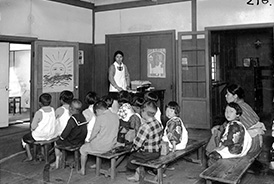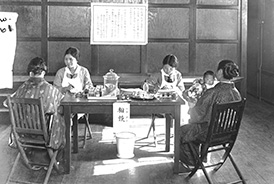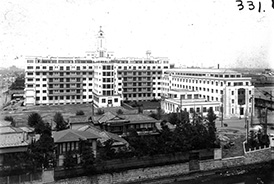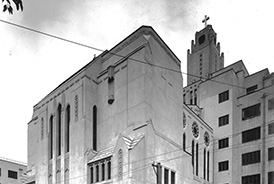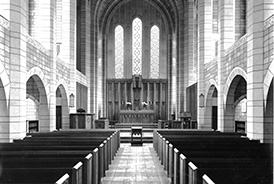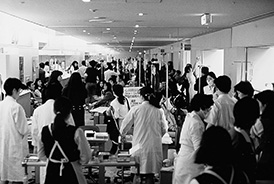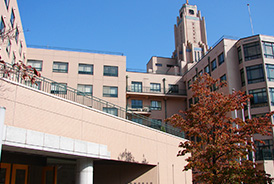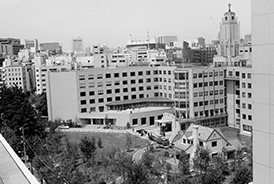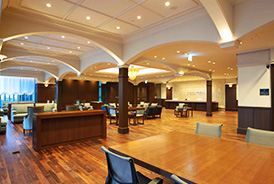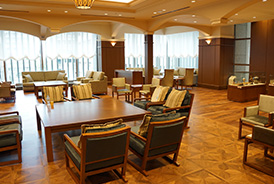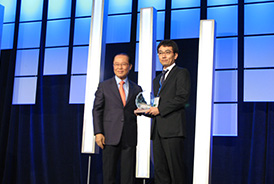- HOME
-
About Us
-
St. Luke's History
St. Luke's History
| 1901 |
St. Luke's Hospital is founded. |
|---|---|
| 1904 |
A nursing school is established with a first class of 10 students. |
| 1917 |
St. Luke's Hospital changes its name to St. Luke's International Hospital. |
| 1920 |
St. Luke's International Hospital Affiliated Advanced Nursing School is established. |
| 1925 |
Japan's first Central Laboratory is set up. |
| 1927 |
St. Luke’s Women’s College is the only nursing school in Japan that is approved as an institute of higher education to provide an extra 4th year diploma course after finishing the basic 3-year course. |
|
Japan's first Public Health Nursing Department is established. |
|
| 1929 |
Japan's first Medical Social Services Department is established. |
| 1933 |
The new hospital (the current Old Building) is completed with 6 floors above ground and one floor below ground. |
|
An american-style residency training system is introduced, the first for Japan. |
|
| 1936 |
The St. Luke's Chapel is completed (and remains intact in the Old Building today). |
| 1945 |
St. Luke’s International Hospital is requisitioned by the US Occupation Forces (GHQ). |
| 1946 |
Nursing education is continued jointly with Japan Red Cross Women’s College as the Model Demonstration School of Nursing during this time. |
| 1954 |
One week comprehensive medical checkups begin, the first for a private hospital. |
|
The school buildings are returned, and are now used to house St. Luke’s Junior College of Nursing (3-year course). |
|
| 1956 |
Japan's first Medical Records Management Department is set up. |
|
Hospital buildings are returned by the US Army. |
|
| 1964 |
As St. Luke’s College of Nursing, it becomes the first private nursing school in Japan to provide a 4-year basic course. |
| 1976 |
It becomes the first College of Nursing in Japan to accept transfer of students who have graduated from other junior colleges of nursing (to 1988). |
| 1980 |
It becomes the first private and second of all nursing universities in Japan to offer a graduate master’s course (Master’ degree) |
| 1988 |
It becomes the first Nursing College in Japan to offer a graduate doctoral course (Doctor of Nursing Science). |
| 1995 |
Tokyo Subway Sarin Gas Attack occurs; 640 victims treated (110 of them hospitalized). |
| 1996 |
The St. Luke's School of Nursing building is completed. |
| 1997 |
"The college starts accepting transfer of undergraduate students for the bachelor degree. The Clinical Nurse Specialist course is established as part of the master’s course." |
| 2002 |
The Research Center for Nursing Practice Development is established. |
| 2003 |
"It is chosen as a nursing “center of excellence” (COE) of the “Nursing for People-Centered Initiatives in Health Care and Health Promotion,” under the 21st century COE program of the Ministry of Education, Culture, Sports, Science and Technology. The building No.2 of the nursing college is completed, and is used to house the Graduate School and the Research Center for Development of Nursing Practice." |
| 2004 |
A (long-term) graduate master’s course for working people (lifelong learning) is established. |
| 2005 |
The specialty graduate master’s course in Women's Health / Midwifery (Master of Nursing) is established. |
| 2008 |
St. Luke's International Hospital is designated as a Regional Core Cancer Treatment Hospital. |
|
Center for Clinical Epidemiology opens. |
|
| 2012 |
St. Luke's MediLocus opens. |
|
Accreditation is awarded by Joint Commission International (JCI), the United States' leading hospital accrediting organization. |
|
| 2014 |
St. Luke's MediLocus accredited and awarded by Joint Commission International (JCI.) |
|
St. Luke's College of Nursing changes its name to St. Luke’s International University. |
|
|
Integration of St. Luke's International Hospital and St. Luke's College of Nursing to St. Luke's International University. |
|
| 2015 |
Joint Commission International(JCI)accreditation was renewed |
|
Won the highest Dr Kwang Tae Kim Grand Award of the International Hospital Federation |
|
| 2016 |
OMURA Susumu & Mieko Memorial St. Luke's Center for Clinical Academia opens. |
| 2017 |
Graduate School of Public Health opens. |
| 2019 | Doctoral Program in Public Health starts. |





